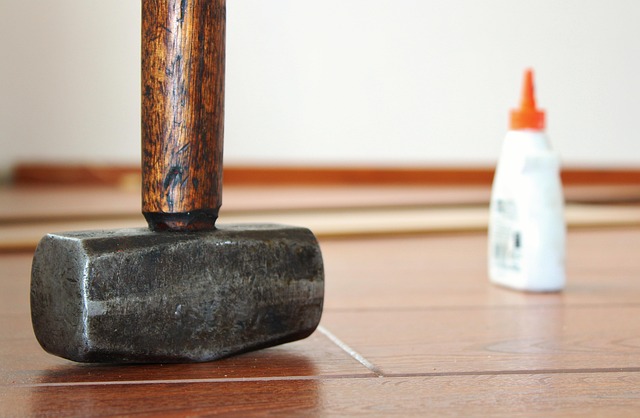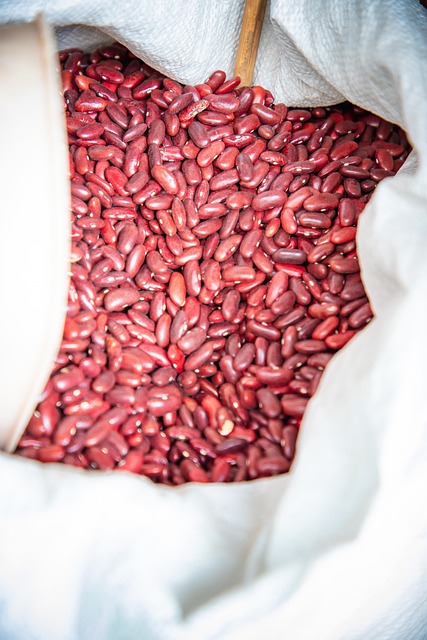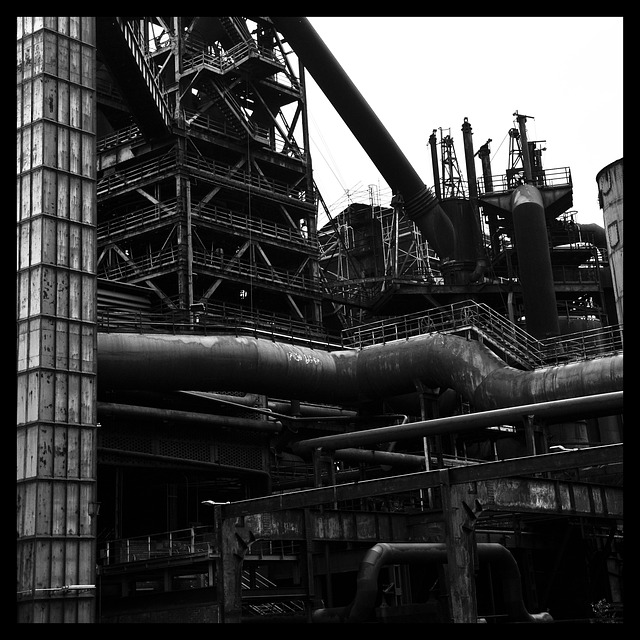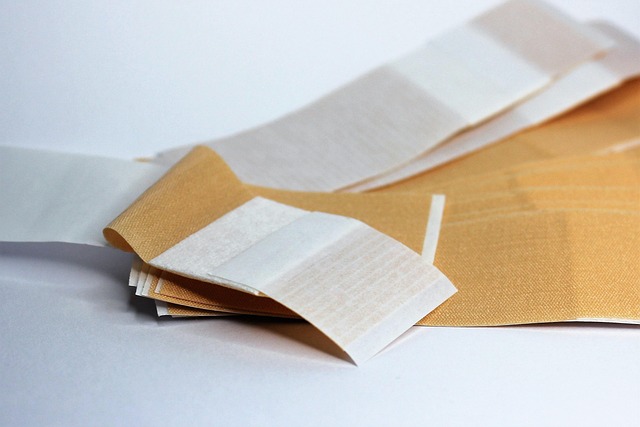The durability of glue-laminated beams (glulam) is influenced by adhesive type (e.g., PVA for water resistance), timber quality, and manufacturing processes adhering to industry standards. Sophisticated testing methods, including environmental simulations and load tests, assess glulam's longevity compared to traditional wood or steel. Best practices like meticulous preparation, high-quality adhesives, precise lamination, regular inspection, and consistent pressure enhance glulam durability. Case studies on durable glulam techniques offer valuable insights for structural reliability, showcasing superior strength and fire resistance in modern architecture.
In the quest for robust construction solutions, understanding and ensuring the durability of glue laminating is paramount. This article delves into tested methods for achieving long-lasting bonds in glue laminates, a critical aspect in structural integrity. We explore key factors influencing durability, detailed testing procedures, best practices, and real-world case studies showcasing successful durable laminations. By examining these aspects, we aim to empower professionals with strategies to enhance the longevity of glue laminated beams.
- Understanding the Factors Affecting Durability
- Testing Methods for Assessing Glue Laminate Strength
- Best Practices for Achieving Long-Lasting Bonds
- Case Studies of Successful Durable Laminations
Understanding the Factors Affecting Durability

The durability of glue-laminated beams, or glulam beams, is influenced by several key factors. One of the primary considerations is the quality and type of adhesive used in the lamination process. Different glues have varying levels of strength and resistance to environmental elements, such as moisture and temperature fluctuations. For instance, polyvinyl acetate (PVA) glue is a common choice for its excellent bonding properties and durability, especially when exposed to water.
Additionally, the type and quality of timber chosen play a significant role in the longevity of glulam beams. Treated timbers, like those used in structural applications, should be free from defects and properly seasoned to ensure optimal strength and dimensional stability over time. Proper manufacturing techniques, including precise cutting and careful assembly, also contribute to the overall durability of these beams, determining how long do glulam beams last and their span capacity according to industry standards, such as the glulam beam span capacity chart. For those seeking more information, find us at unalam.com.
Testing Methods for Assessing Glue Laminate Strength

To assess the durability of glue laminated beams, several testing methods have been developed and refined over the years. These methods play a crucial role in comparing glulam (glue laminated wood) to traditional timber or engineered wood beams. One common approach involves subjecting samples to various environmental conditions, such as moisture, heat, and UV exposure, to simulate real-world scenarios. By controlling variables like temperature, humidity, and duration, researchers can evaluate how the glue laminate holds up over time.
Another effective method is direct load testing, where beams are subjected to heavy loads to mimic structural demands in buildings. This involves applying shear or bending forces to measure the strength and stiffness of the laminated structure. By comparing these test results, engineers can gain insights into the relative durability of glulam versus timber or engineered wood beams. For a more comprehensive understanding, visiting us at 18 Clifton St, Unadilla, NY 13849 anytime allows you to explore state-of-the-art facilities where such tests are conducted, offering valuable data on how different materials stack up in terms of durability.
Best Practices for Achieving Long-Lasting Bonds

To achieve long-lasting bonds with glue laminating, several best practices should be followed. First and foremost, ensuring proper surface preparation is crucial. Clean, dry, and deburr the surfaces to be bonded, as any contaminants can weaken the adhesive strength. Using high-quality adhesives specifically designed for structural applications further enhances the durability of glue laminated beams.
Another critical factor is precise alignment and clamping during the lamination process. Accurate placement and secure clamping prevent gaps or misalignments that could lead to weak points in the final product. Regularly inspecting the bonding areas and ensuring consistent pressure throughout the curing process are essential steps, too. Visiting us at 18 Clifton St, Unadilla, NY 13849 anytime can provide valuable insights into these techniques and more, as we specialize in durable glue laminating solutions. Comparing durability of glulam (glue laminated beams) to steel, for instance, reveals that when executed correctly, glulam offers competitive strength-to-weight ratios with enhanced structural integrity, making it a preferred choice in many applications. However, understanding when to replace glulam beams is equally vital, as aging and environmental factors can impact their durability over time.
Case Studies of Successful Durable Laminations

In the realm of construction and structural engineering, case studies highlighting successful durable glue laminating techniques offer valuable insights into ensuring long-term strength and reliability. These real-world examples showcase how glue laminated beams (GLulam) have been seamlessly integrated into various projects, demonstrating exceptional performance in terms of both structural integrity and aesthetic appeal. One notable study involved a modern office building where GLulam beams were utilized for the framework, showcasing superior durability and fire resistance. The seamless lamination process, employing high-quality adhesives, resulted in a robust structure that withstood stringent load requirements, setting a new benchmark for glulam beam design considerations.
Another successful implementation was observed in a recent bridge construction project, where durable glue laminating methods were employed to create a strong and lightweight structural framework. The chosen lamination techniques enhanced the overall strength of the beams while minimizing weight, leading to cost-effective and efficient construction. These case studies not only highlight the durability of glulam beams but also emphasize why they are becoming a preferred choice for modern architecture. For in-depth insights into glulam beam design and structural integrity, visit us at unalam.com.
The pursuit of durable glue laminating methods is paramount in ensuring structural integrity and longevity for various applications. By understanding the factors affecting durability, employing rigorous testing methodologies, adhering to best practices, and learning from successful case studies, we can achieve robust bonds that withstand the test of time. These strategies are essential for industries ranging from construction to manufacturing, ultimately enhancing the reliability and performance of glue-laminated products, such as beams, in today’s demanding environments.














